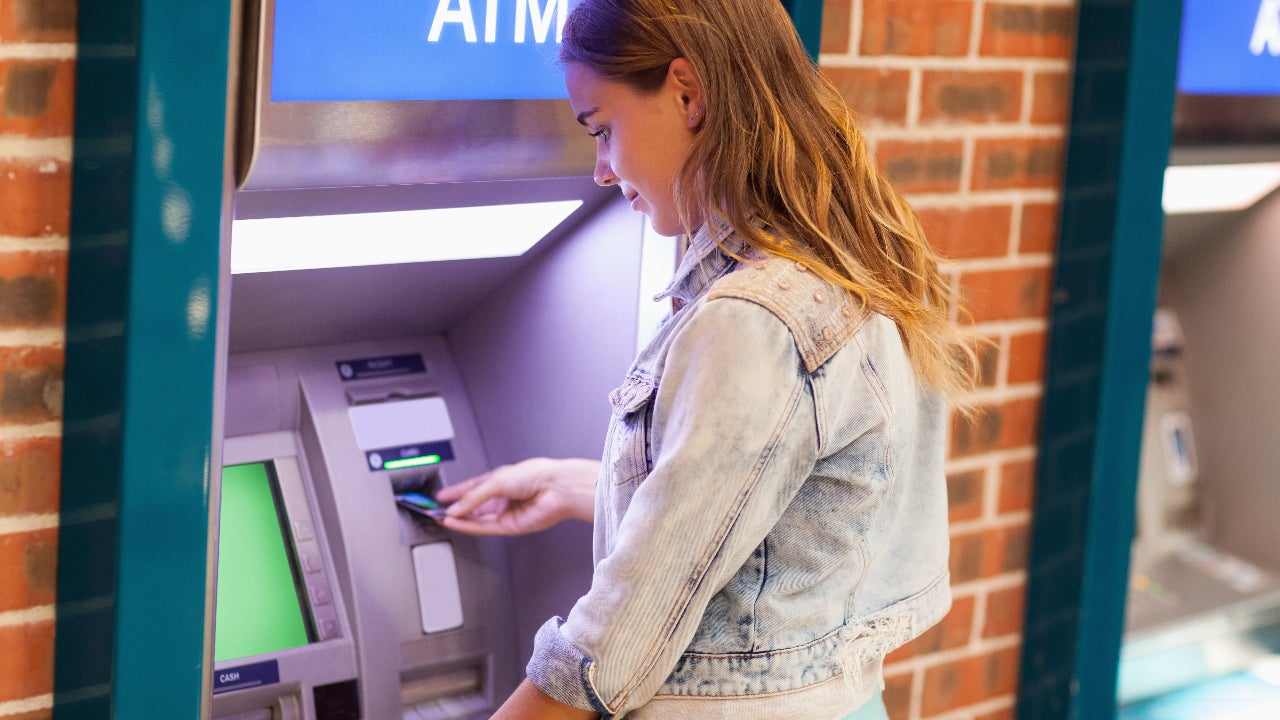What is a savings account? Definition, how it works




Key takeaways
- Savings accounts are available mainly at federally-insured banks and credit unions.
- Many big, traditional banks offer savings accounts with paltry interest rates as low as 0.01 percent.
- Online banks offer higher interest rates. Right now, the best rates are around 4 percent.
- Fees can eat into your interest rate, which is why it’s best to shop around for an account with no (or low) fees.
- A savings account can help you build an emergency fund and save for a major expense.
What is a savings account?
A savings account is a basic type of deposit account that enables you to put your money in a bank or credit union and earn interest on your funds. You can find savings accounts at traditional banks and credit unions as well as their online counterparts.
You don’t need a large amount of money to open a savings account, and you’ll have easy access to your money.
Why you need a savings account
These accounts are a smart place for your emergency fund or savings for shorter-term goals, such as a vacation or home repair. They keep your savings separate from your everyday spending cash and earn interest, which helps increase your overall balance without extra effort on your part.
The best savings accounts pay high yields (right now, that’s around 4 percent), charge few or no fees and have low minimum opening deposit requirements.
You’ll often find these features at online-only banks. They don’t have the costs associated with brick-and-mortar banks and pass those savings on to their customers.
However, even accounts with monthly fees often provide ways to waive them.
How does a savings account work?
You open a savings account at a bank or credit union, either online or in person, just like you would open a checking account. You’ll have to provide the institution with personal information to verify your identity and then deposit money into the account, meeting whatever minimum requirements are set out by the bank.
Once you’ve made a deposit, the money in your savings account will begin to earn interest. You can withdraw money out of your account whenever you want, but some institutions limit the amount of withdrawals you can make from a savings account to six per month.
How does interest work in a savings account?
Banks typically advertise two numbers when it comes to rates: an interest rate and an annual percentage yield (APY). The APY is the percentage rate indicating how much interest a bank account earns over the course of one year. It differs from a simple interest rate in that it takes into account the effect of compounding, giving you a clearer picture of how much you’ll earn annually (assuming the APY stays the same).
Your bank may choose to compound interest on a daily, monthly, quarterly or yearly basis. At the end of each compounding period, your accrued interest is deposited into your account. From there, your new account balance (deposits plus interest) begins earning interest.
You can use a compound interest calculator to see how deposits into a savings account quickly add up over time.
Keep in mind that savings account APYs are variable and can change at any time based, in part, on changes in interest rates set by the Federal Reserve.
Are savings accounts insured?
These accounts are federally insured for up to $250,000 per account owner, per financial institution, per ownership category at banks insured by the Federal Deposit Insurance Corp. (FDIC), or at credit unions insured by the National Credit Union Administration (NCUA). And because they’re insured, they offer a safe place to put your money while earning interest.
How to maximize earnings from a savings account
The national average interest rate on savings accounts is low — only 0.6 percent as of May 10, 2025. Fortunately, there are a few ways to boost your earnings:
Consider online-only banks: Big brick-and-mortar banks typically offer low yields. Online-only banks tend to offer the best yields that are many, many times higher than the national average.
Check out credit unions: A credit union may offer you a better yield than you can find elsewhere. These not-for-profit organizations are member-owned and tend to offer high rates and low fees.
Get a sign-up bonus: Some banks offer cash bonuses when you sign up for a new savings account. These bonuses can range in the hundreds of dollars. It’s worth keeping an eye on the best bank account bonuses and signing up for an account with a great bonus and a great rate.
Avoid fees: Some savings accounts advertise an attractive rate, but they come with fees that can eat into your interest rate. Do what you can to avoid incurring fees on your savings account. Better yet, shop for an account with few (or no) fees.
Savings accounts advantages and disadvantages
Some of the advantages of savings accounts are:
- Safety: Money kept in a savings account at an FDIC-insured bank or an NCUA-insured credit union is insured (within limits).
- Growth: Savings accounts are generally interest-bearing, meaning you will earn interest on the money you save in the account.
- Liquidity: Though savings accounts provide a place to stash money that is separate from your daily banking needs, they still let you make withdrawals. Limitations on withdrawals vary from bank to bank, though some banks don’t limit withdrawals at all.
- Organization: Having savings in an account separate from your spending money makes it easier to track savings progress, curb overspending and get a better view of your overall finances.
Some of the disadvantages of savings accounts include:
- APYs are variable: Your account may earn a competitive interest rate now, but there’s no guarantee it will stay that way. You’ll want to keep an eye on your interest rate.
- Accessibility restrictions: Some institutions restrict the number of withdrawals or transfers you can make from a savings account to six per statement cycle.
- Loss of purchasing power over time: If your savings account yield is lower than the inflation rate, your money will lose purchasing power over time.
How much should you keep in your savings accounts?
The amount of money to keep in an account varies depending on your savings goals. If, for example, you’re using it as an emergency fund, most financial advisors suggest that you keep three to six months’ worth of living expenses in your account.
For example, if you spend an average of $3,000 per month on costs such as your mortgage, car payment and food, you would save anywhere from $9,000 to $18,000 in the account.
If you’re saving for a specific goal — such as a vacation, buying a house or purchasing a car — you would keep enough in the account to pay for that expense.
Consider using a savings calculator to determine how long it would take to reach a specific savings goal, based on how much you contribute to a savings account monthly.
Different kinds of savings accounts
Savings accounts aren’t your only option when it comes to federally-insured places to keep your money. There are other savings products offered by both banks and credit unions that are low-risk and interest-bearing.
- Money market accounts: Money market accounts are a type of savings account that also come with the benefits of a checking account. These accounts may come with an ATM card and checks, allowing you to spend your savings easier. These accounts have higher rates than traditional savings accounts, but they may also have higher minimum balance requirements.
- Certificates of deposit (CDs): CDs are a time-restricted savings account. They hold your money for a specific period of time. In exchange, they pay a guaranteed fixed yield that’s generally higher than savings or money market accounts. The trade-off for the higher yield is that you can’t take your money before the CDs maturity date without paying an early withdrawal penalty (though there are no-penalty CDs). CDs come in terms as short as a few months to as long as five years (in rare cases, even longer).
- Retirement accounts: Some accounts are geared strictly towards retirement, including 401(k) retirement plans and individual retirement accounts (IRAs). A 401(k) is a retirement plan sponsored by your employer. In contrast, IRAs are personal retirement accounts independent of your employer.






